#Byron Howard
Explore tagged Tumblr posts
Note
Tell me every reason you enjoy Zootopia enough to give it all the rewatches you do.
Every? Oh boy.
Good Story
Perfect Characters
Visual Appeal
Earnestness
Let me break it down.
1. Good Story
Zootopia’s main point is: “Try to make the world a better place by realizing we’re fundamentally the same.”
That’s a really good main point.
It has the benefit of being true. Right now our culture is super into “self-identification,” and this crazy contrast between, “I want to be able to identify as something special” and “Now that I know what categories I fit in, I can choose who’s ‘one of us’ and who’s ’not one of us.’” Okay well that sounds pretty and I’m sure it fulfills some emotional need at some point, but it’s actually super divisive, and self-serving, and it’s the seeds for all prejudices. Including racism.
Do we have differences in origins and experiences? Yes. Of course. Do we also have some fundamental things in common? Yes. Of course. Which truth are you going to give the highest priority to? If it’s “no, I’m a prey animal, I know exactly where I belong, that’s who I am, that’s how I dress, that’s my compass for how I interact with others” then you’re getting all your security from your “sense of self,” and being able to understand what that is…which is just a fancy way of saying “I’m all about me. My own perspective informs everything I do.”
Anyway. Zootopia’s message was super true.
And the coolest thing about it is that if only Judy were in the wrong, and the other half of the dynamic duo, Nick, was this open-minded, un-prejudiced guy…and she just hurts him and has to apologize…the movie’s message wouldn’t be as well-communicated.
They have their prejudices and their hurt-from-being-prejudiced-against in common!
They’re the same…because they’ve both felt what it’s like to be treated like they’re not “the same.”
Nick isn’t the only character being mistreated and written off because of his species. The whole first half of the movie is about Judy being mistreated and written off. They think she can’t be a cop because she’s little and cute and a prey-animal. They think Nick can’t be trustworthy because he’s sneaky and small and a predator.
So literally…if Judy represented one race, and Nick represented a completely different race…the movie would be saying that both those races are discriminated against. They even have discrimination in common. AND, if Nick represented men who people make assumptions about because he’s a man, and Judy represented women who people make assumptions about because she’s a woman—the movie would be saying that both those genders are falsely judged.
I mean. Wow. Right now, your movie is either pro-woman or pro-man. Right now, your movie is either BLM or white-supremacy. Everybody’s lining up on one side of the line or the other. Zootopia says, “it doesn’t matter what character you’re looking at, from the elephant that can’t remember anything to the two main characters—every single one of them has fundamental things in common, and one of those things is that they all live like they’re in their own special category. When actually, they’re all fundamentally the same.”
I don’t want to keep beating the dead horse. But I have a post somewhere that lists every background character and points out that each animal is the exact opposite of what you would assume they are based on their animal-stereotype. The otters are never shown being playful or snuggly, only traumatized and ferocious. The cheetah is fat and slow, not quick or even quick on the uptake. Etc.
Even if you look outside of characters—look at the sets. Look at the environments. The whole city is designed “for animals, by animals.” But it’s in neat little segments. The animals organize themselves by habitat. Of course, in one sense that’s practical—the polar bears can’t live in Sahara Square, etc. but the point is, by making Judy and Nick, the main characters, small animals, in a city where everything is built to accommodate by species—UGH this is so good—they have to figure out how to problem-solve in situations that weren’t made to accommodate them.

Little Rodentia? Judy has to avoid stepping on all the mice or knocking over their buildings. Parking tickets? She has to figure out how to jump to reach bigger animals’ windshields—or she inconveniences smaller animals because the tickets are all printed at the exact same size. Stuck in a cell? The guards didn’t think about the fact that small animals can fit down the pipes made to accommodate big animals.

Zootopia is a city advertised to be where all the animals can come together. But the way they do that is by trying to accommodate every species’ preferences. So then actually while they try to come together, everything from their cars to their districts remind them of their differences. The whole idea is that they prioritize the wrong truths. Yeah, mice can’t drive giraffe cars—but they still have “driving” in common. See?
And oh my word. Initially it was supposed to be a spy story. But they changed it to a buddy cop story. Why? Well because justice doesn’t discriminate. Or at least, it’s not supposed to. So then there’s another lens to look at the story’s main theme through.
It’s just that every layer, every perspective you look at the movie from, is just hammering that truth into you: “Try to make the world a better place by realizing we’re fundamentally the same.”
2. Perfect Characters
Every character is so well-thought-through in this movie, even the side characters. You get the feeling you could watch a whole movie based on the side characters, because that’s the amount of love and nuance built into them.
Look at the main ones, though. Bellwhether is supposed to be soft and a follower. She’s a sheep. Instead, she’s hard and bitter—and she’s a leader. A villainous leader, but a leader, nonetheless. Even as she tries to keep animals divided based on fear of their stereotypes, she’s not fitting her own stereotype. Her voice actress has this strained, half-hoarse, but sweet voice. Like you can tell that this character has spent a lot of time under pressure and trying to manage appearances. Appearing like she’s fine, and she can handle it—until you realize that the appearance she’s really managing is “the cultural fear-based identify of the city.” They dress her in plaid and flowers and she’s a farm animal, because that’s the kind of character Judy would be most likely to trust. But she still has green eyes, and jagged teeth, so that when she does start making evil expressions there are some caricature-pieces in there that come out and accentuate that.

Nick Wilde—everybody’s favorite—is supposed to be sly and smooth and shifty. And he is. He’s a fox. But he’s also brave, helpful, and trustworthy. The first time you see him is when he’s dodging out of the way of a bigger animal ignoring him and about to run him over. Well, that’s important.

Because Judy knows what it’s like to have to get out of the way of larger animals, because they overlook her.

So right off the bat, this character she has to get along with and work with, this character who furthers her development and nails the main point, is introduced in a way that has something in common with her. But he’s also introduced in a way that gives her an opportunity to focus on a different truth—that he is different from her. Because the sheep is yelling that he’s a “fox.” Right away, we’re back to species-as-identification.
And that’s what the movie does, all the way through. It presents new animal characters, and with those new animals characters, more than one thing is true at a time. And Judy has to try to focus on which truth is more important. “Try to make the world a better place by realizing we’re all the same.” Yes, Nick is a criminal. But Nick is also brave, helpful, and eventually, becomes trustworthy.
Judy, too. Judy is an incredibly well-done character. Because she believes, in her head, that anyone can be anything—which is not what the movie ends on. In fact, she goes from saying, “anyone can be anything,” to saying, “we all have limitations.” It’s not true that a fox can be an elephant. But it is true that a fox can be trustworthy. Figure out what’s true, and try to make decisions for the better, based on that.
I could talk about character design and acting. Ginnifer Goodwin gives just the right amount of smugness and self-confidence to Judy without making her unlikeable—you don’t realize she’s smug and her self-confidence is misplaced until she does, when she fails to make the world a better place for Nick.
Judy wears tight, actionable, well-fitting uniforms for the whole movie. In her civilian clothes when she comes to Zootopia, she’s wearing athletic t-shirts and shorts. Ready for action, that’s Judy, even in her civvies. Meanwhile, Nick? Nick wears loose-fitting clothes. Loud, patterned clothes that don’t match. Like he didn’t even what, ladies and gentlemen? Like he didn’t even TRY. “Try to make the world a better place…”
Because when you meet Nick Wilde, he’s long since given up on trying, in life. So his character design reflects that. He rarely even stands up straight, or opens his eyes all the way—his default is drooping. And guess what?
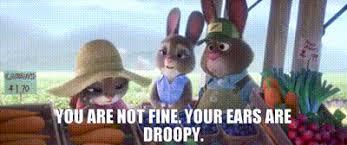
When Judy “gives up?” Quits her job? Goes back home? Stops trying? Her civvies aren’t ready-for-action, trying clothes. They’re loose flannels. And her “ears are droopy.”
SERIOUSLY, you can find things like this in every corner of the movie. For every character. Not one character is a throwaway, not in voice acting, not in design, not in animation, and not in narrative.
3. Visual Appeal
Which leads me into this point—no other animated anthropomorphic animal movie is as visually appealing as Zootopia.
What Zootopia does is it matches the best of the best anthropomorphic animal designs from past Disney movies:

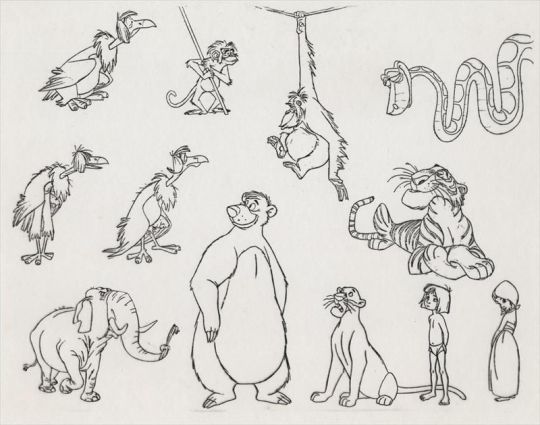
And they marry it with this incredible intentionality with modern CGI.
Did you know Disney invents its own software for things like fur textures?
The sheep’s wool, the velvet pig skin, the fox fur, the bunny fluff—it’s all completely different textures. There’s no one “fur” covering all the hairy mammals.
Nick isn’t just orange. He’s orange with deep red and dark tufts. Judy has black tips to her ears, too—which helps the two of them look like, in some sense, they belong “together” in every shot.
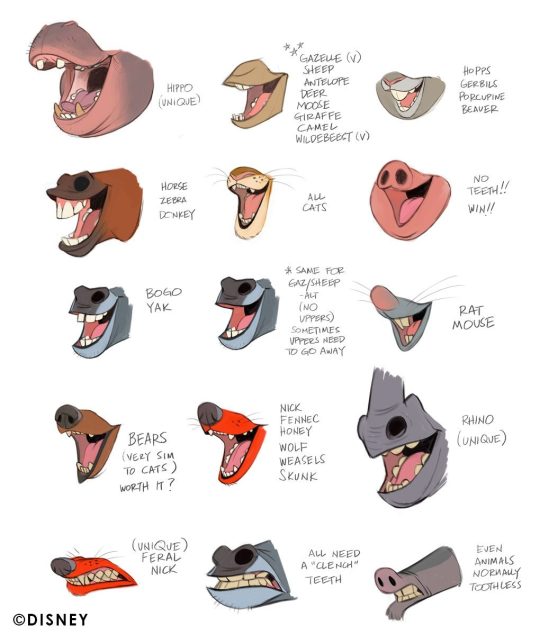
It’s so important to the movie that the animals feel like animals that they worked this hard to do this. And then that extends to the textures of the snow, the ice, the sand, the wet leaves, the grass, the fire.
Every character moves like their animal, and like themselves. Nick and Gideon are both foxes, but they don’t move similarly at all. Gideon is aggressive and glowering and physical. Nick, again, is slouchy, leans on everything, completely non-confrontational.
Other anthropomorphic animal movies like Sing or Puss in Boots—they’re not doing both as well. Zootopia is appealing, without sacrificing realism completely, and without cutting character acting.
The lighting. Nope. This post is too long, I can’t talk any more.
4. Earnestness
There is no disingenuous moment in this movie.
The animators are never lazy. They always go for the challenge. They don’t cut corners. Have you ever seen “Over the Hedge?” I like Over the Hedge. But I watched it recently and it’s crazy how many shots are strategically placed so that the animators don’t have to solve a certain effects problem.
For example, when RJ sprays Hammy with cool whip to make it look like he has rabies? He doesn’t. You never see the cool whip leave the can. It just cuts away, then cuts back when RJ is pulling the can away from his face. The shots are also cut so that you never have to see gas actually come out of Stella—and you never see Vern’s full body as he gets back into his shell, just the upper part of the shell as he wiggles it around, going through the motions of putting it back on.

That’s because that stuff would be painstaking to animate. Any time one character has to interact with props or substances (especially liquids) that are not part of their model, it’s harder on the animator.
Zootopia? We’re getting full-on views of characters getting wet, fur and all, characters touching various objects and elements, foam coming out of the mouth, new clothes, new set pieces, multiple models, huge crowd shots of different animals in different outfits, all with their own movement patterns and acting.


And all that hard work and effort, aimed so totally at the main theme of the movie? Making sure it looks as good as it can? Not just that, but the way it’s written, the acting, is so genuine. They don’t hold anything back. They don’t shy away from real emotion.
Judy Hopps’ apology scene is brutal. She’s crying, having a hard time finishing a sentence, her voice is all tight. It’s not pretty, it’s not romantic, it’s like…ugly crying. And her character is wrong in a super embarrassing way. They're not afraid to go there. The writers, the actors, the animators—they’re not afraid of being too vulnerable with these character flaws.
So many movies, especially kids’ movies today—they just pull up and shy away from being real through their characters. They think a quick sad facial expression will get the point across. And it does. The audience gets that the character feels sad about whatever the circumstance of the scene is. But not as powerfully. Because you didn’t put as much work and heart into it.
Zootopia is all heart, from work ethic to vulnerability to the filmmakers enjoying what they’re doing, enough to make it as good as it can possibly be. I can’t explain it better, other than to say, you feel like they would’ve been happy making this movie much much longer than it was. You feel like they’re cramming every bit of joy and passsion into every little joke, every side character, every hair on a CGI bear.
There you go. Long post, you did ask for it
#Zootopia#Nick Wilde#Judy Hopps#Zootopia appreciation#anthropomorphic animals#Fox#bunny#Disney#Zootopia 2#Jason Bateman#ginnifer goodwin#byron howard#meta#character analysis#design#over the hedge#puss in boots#sing#movie#animation#character design#character study#critique#review
296 notes
·
View notes
Text

#movies#polls#bolt#bolt 2008#bolt movie#2000s movies#chris williams#byron howard#walt disney animation studios#walt disney pictures#disney#requested#have you seen this movie poll
180 notes
·
View notes
Text
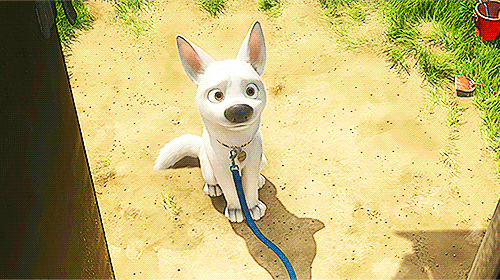
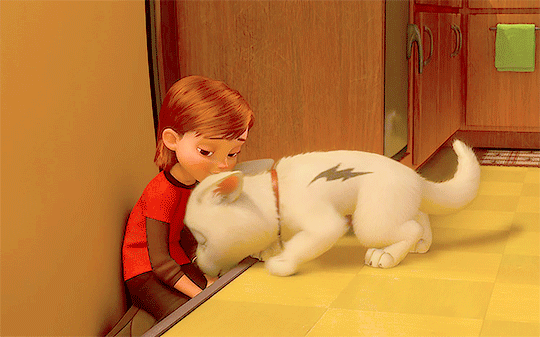
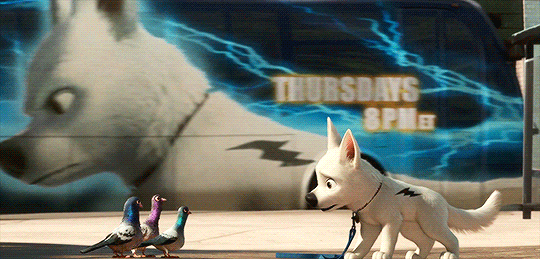
Bolt (2008, Chris Williams and Byron Howard)
28/05/2024
#Bolt#animation#2008#chris williams#byron howard#List of Walt Disney Animation Studios films#mulan#the emperor's new groove#lilo and stitch#brother bear#computer animation#Walt Disney Animation Studios#united states#Walt Disney Studios Motion Pictures#chicken little#meet the robinsons#Disney Digital 3D#Academy Award for Best Animated Feature#wall e#los angeles#new york city#ohio#las vegas#protagonist#White Swiss Shepherd Dog#antagonist#underdog#chris sanders#john lasseter#trailer
76 notes
·
View notes
Text

This looks like ANOTHER canceled project. At this rate, Disney seems to want to make me cry! /j
These designs are so cute and different!

I am very surprised to find other alternative designs on the internet, it is not something I find every day. Everything about this combination of geometric shapes makes me hear "new interpretation" like three blocks away.
Tigger looks like he has a longer torso than usual, I like that he has short legs to highlight that. The paw prints are my favorite part, I would have loved for him to have them on his hands too. His anatomy looks like the combination between a cat and a ferret. His facial expressions lead me to believe that he has a more palpable bit of "stubbornness" in his personality. This alternate Tigger design keeps reminding me of Goofy lol idk why.

I miss the whiskers... AND ALSO: Rabbit's expressive eyes. But I assume that during this design, Rabbit will have rewarded those dotted eyes with more exaggerated kinesic behavior. I have no idea how they still have this error: RABBITS DO NOT HAVE PADS ON THEIR PAWS. Like, it is its most important characteristic after having long ears.
There's... something... something... 🤔 about this model that makes me think THIS particular Rabbit would be more hysterical and high-pitched when exclaiming than we are used to see.
Anyway, I like Rabbit's tail in this design, it reminds me of a deer's tail.

And I absolutely adore this alternate Eeyore design. It looks so different but so iconic at the same time. I think the only thing that can make me forget that he is Eeyore is because he doesn't have the pink bow on his tail, which isn't really iconic like his gloomy personality, of course. Those lighter colored dots spread across his body are so adorable, I wish he always had those dots from the beginning. They make him look more similar to a donkey or a horse (although I know he's a donkey), both of which can have spots of color on their coat.
I wonder what Eeyore would have looked like if he had hooves...
Did you know that the gentleman who did this is Byron Howard?... Yes, it has his signature on each one of them! Byron is also related to Zootopia.
12 notes
·
View notes
Text
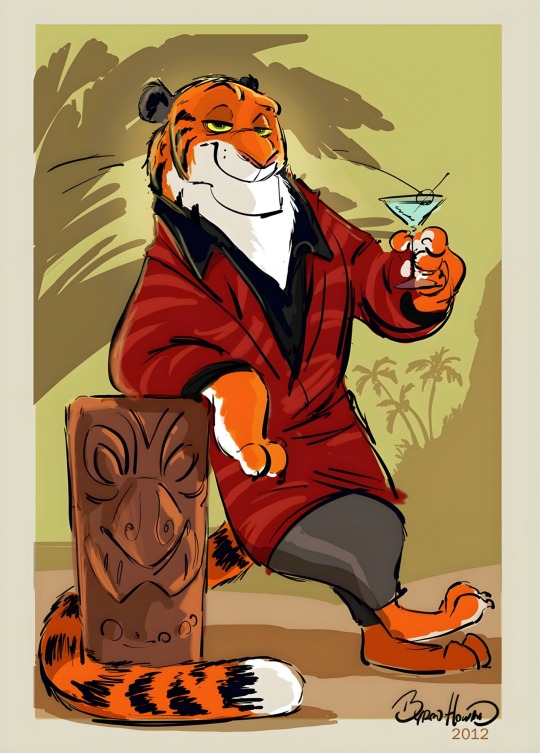
Shere Khan?
Concept art for Zootopia (2016) by Byron Howard.
55 notes
·
View notes
Text

🌸🌼 Rapunzel and Maximus 🐴
#Rapunzel#Maximus#Tangled#character study#Disney fanart#freedom#horse#princess#horseback riding#When Will My Life Begin#I See The Light#Mandy Moore#Nathan Greno#Byron Howard#Glen Keane#Jin Kim#Tangled the Series#Rapunzel’s Tangled Adventure#Tangled Ever After
13 notes
·
View notes
Text



Zootopia 2 will release in theaters in 13 months from now. (November 26, 2025)
I’m so excited for this!!!😆😆😆
#zootopia#zootopia 2#Byron Howard#Rich Moore#Jared Bush#Phil Johnston#Jim Reardon#Josie Trinidad#Jennifer Lee
7 notes
·
View notes
Text




Tangled (2010)
"Frying pans... who knew, right?"
#tangled#dan fogelman#jacob grimm#wilhelm grimm#nathan greno#byron howard#mandy moore#zachary levi#donna murphy#ron perlman
9 notes
·
View notes
Text

And oldie but still delightful sketch by Byron Howard as a gift to a friend of his!
11 notes
·
View notes
Text
youtube
Senior year is on RE-peat and we need a sing-along for the ocassion alongside Rapunzel?! 🧟🍳🌞
Enjoy a sing-along ZOMBIES marathon + Walt Disney Animation Studios TANGLED leading up to the series premiere of the ZOMBIES: THE RE-ANIMATED SERIES.
#Zombies The Re-Animated Series#Zombies: The Re-Animated Series#ZOMBIES#Tangled#Aliki Theofilopoulos#Jack Ferraiolo#Nathan Greno#Byron Howard#Disney Channel#Disney+#Disney Plus#Disney+ Original Animated Hybrid Series#Disney Plus Original Animated Hybrid Series#Youtube
10 notes
·
View notes
Note
Hi, Bex! Hope you’re doing okay :) So, every time someone mistakes Eugene’s age in the movie a part of me dies lol. I think I remember how the rumor of his age begun but I can’t find it anywhere. Do you have it? Sorry if you already answered that before
Boy, that's a mood. And no worries!
Okay, so many years ago, when the fandom had no glimpse of a canonical age for Eugene, and talking to movie crew on social media was in its infancy (I think I aged a decade typing that), people started asking Tangled crew questions about the movie, including Eugene's age.
One person who worked on it (unfortunately, I don't know who it was and have no links to the source) said that they personally felt that he was about 26.
That was all the fandom needed.
It was a number, and it got latched onto. Even when later Nathan Greno and Byron Howard said that they thought he was 22 to 24, but that he had no canonical age, everyone just went with 26. It became so widespread that people took it (and still take it) as canon.
25 notes
·
View notes
Text
Now watching:

4 notes
·
View notes
Text

#movies#polls#zootopia#2010s movies#byron howard#rich moore#disney#requested#have you seen this movie poll
125 notes
·
View notes
Text
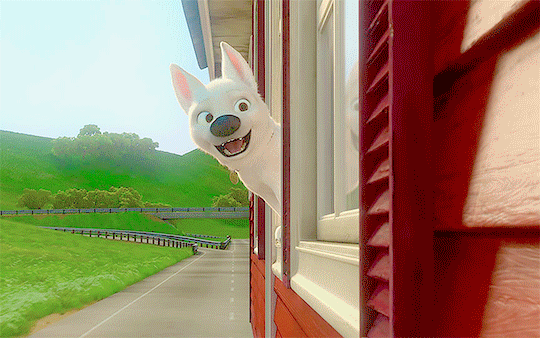
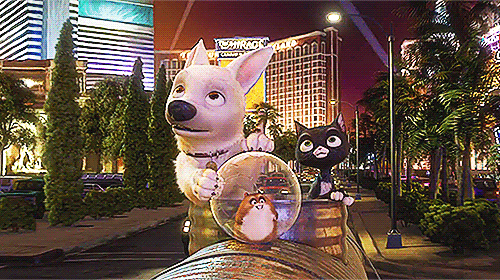
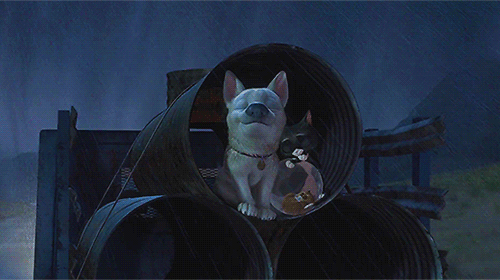
Bolt (2008, Chris Williams and Byron Howard)
27/10/2024
#bolt#animation#2008#Chris Williams#byron howard#List of Walt Disney Animation Studios films#mulan#The Emperor's New Groove#lilo & stitch#brother bear#computer animation#Walt Disney Animation Studios#united states#Walt Disney Studios Motion Pictures#chicken little#meet the robinsons#Disney Digital 3-D#Academy Award for Best Animated Feature#wall e#los angeles#new york city#Las Vegas#Protagonist#White Swiss Shepherd Dog#antagonist#underdog#chris sanders#john lasseter#trailer#ohio
31 notes
·
View notes
Text

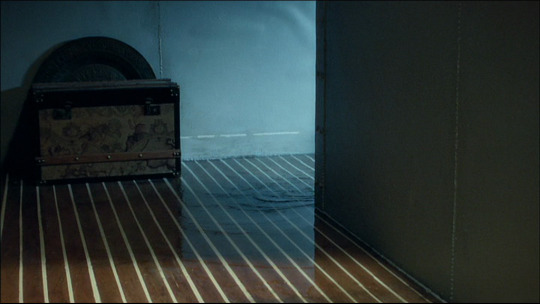
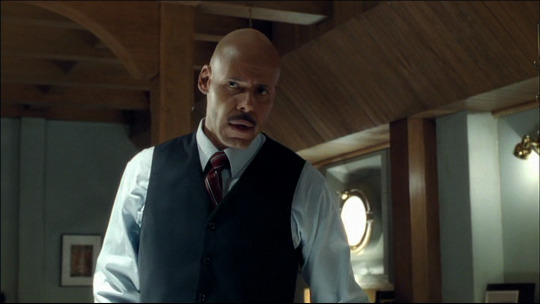
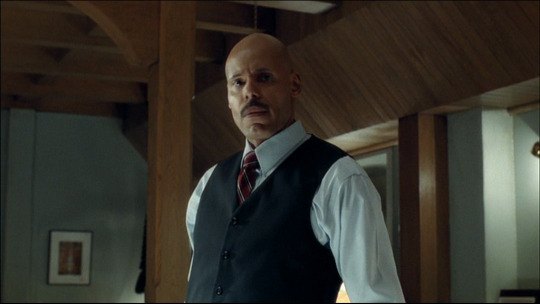
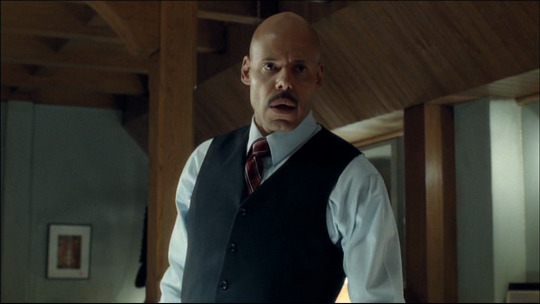


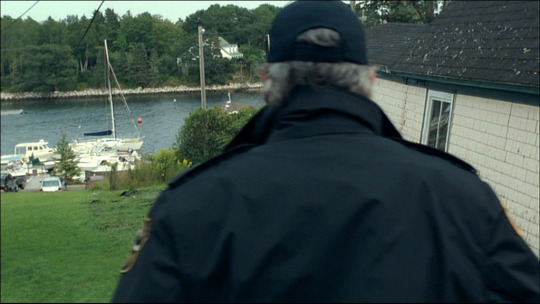
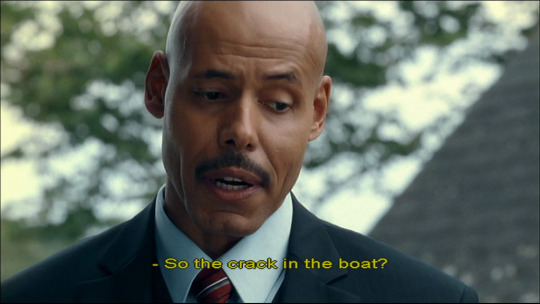
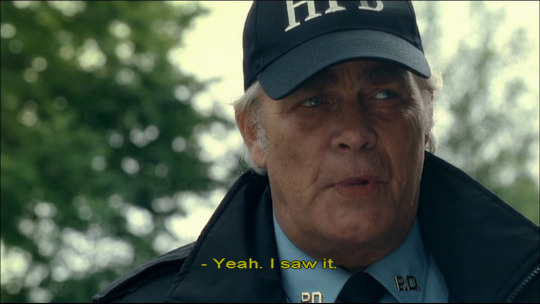
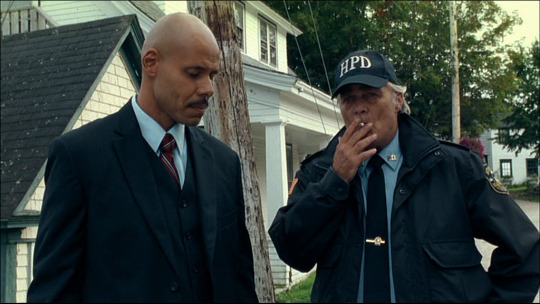
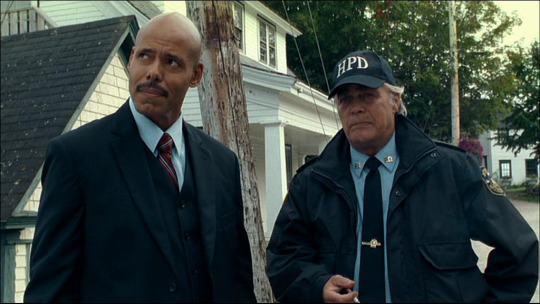


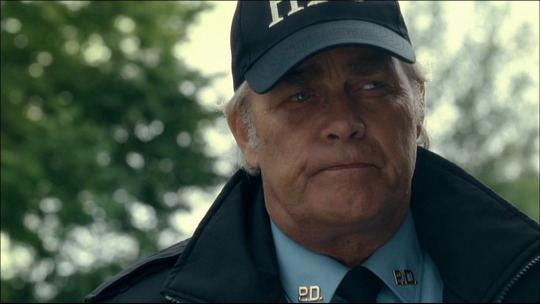
Haven 1x11 The Trial of Audrey Parker (2010)
#havensyfy#haven syfy#garland wuornos#byron howard#nicholas campbell#maurice dean wint#1x11 the trial of audrey parker
6 notes
·
View notes
Text

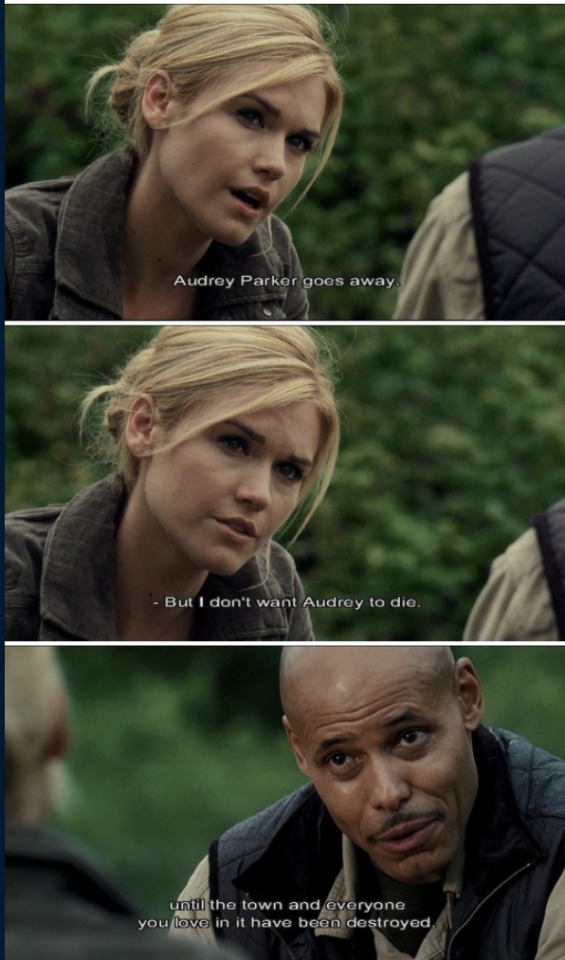

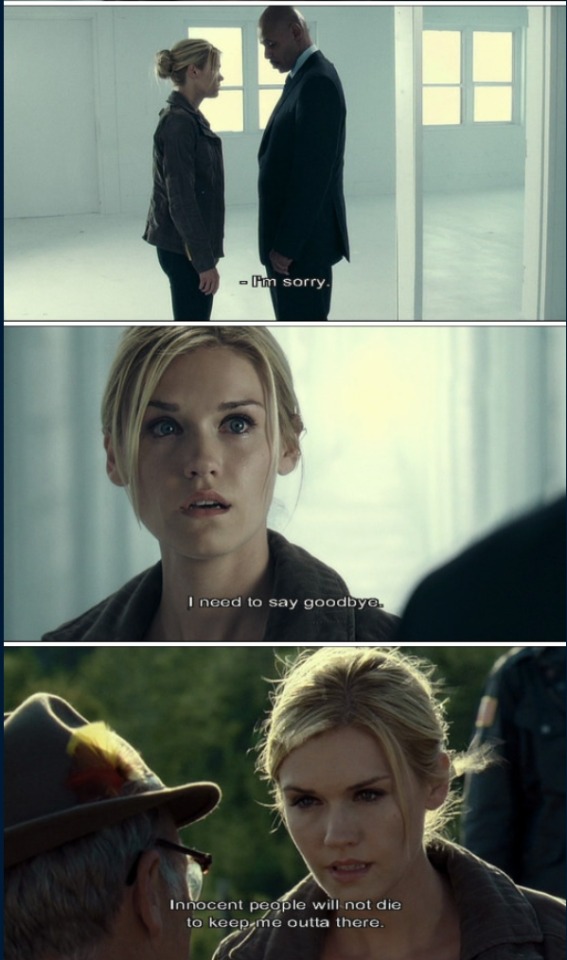
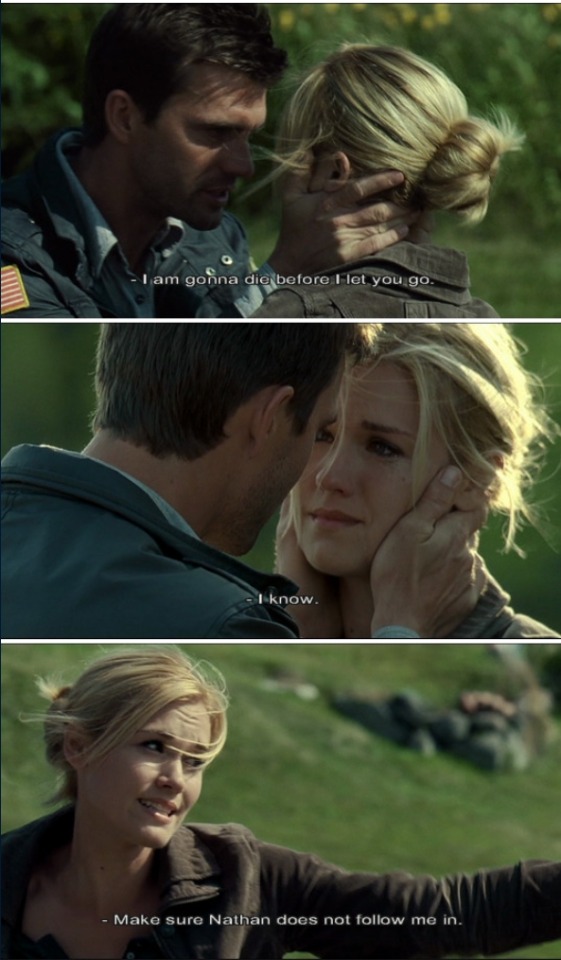
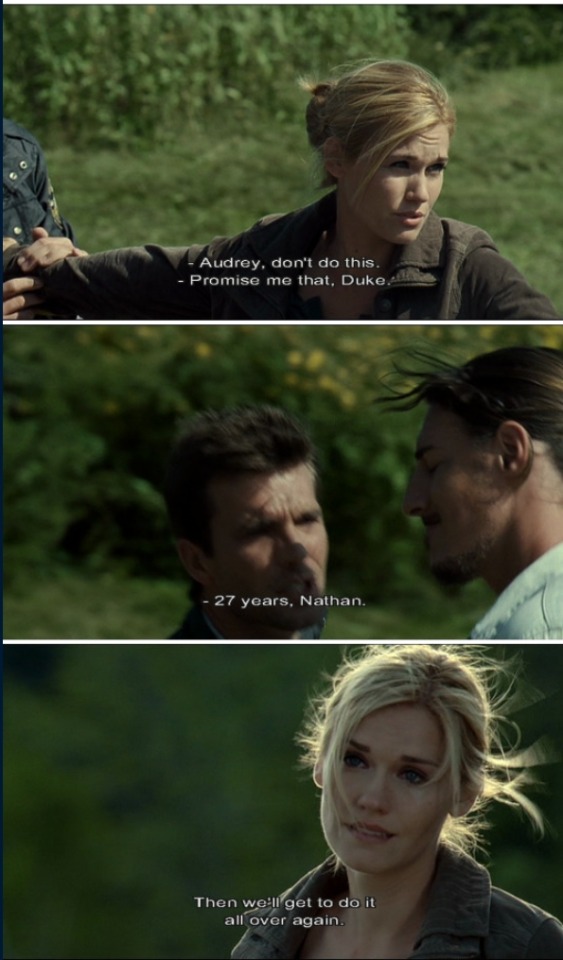
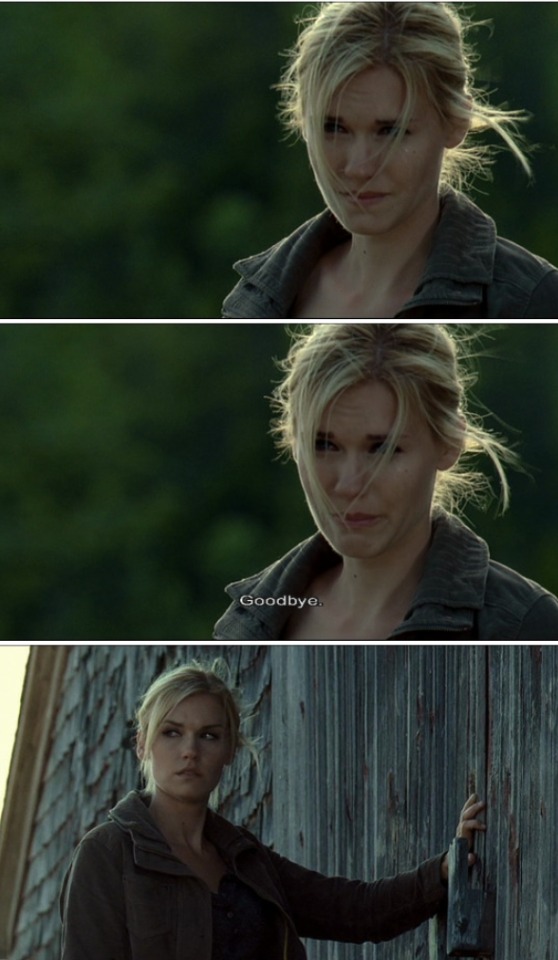




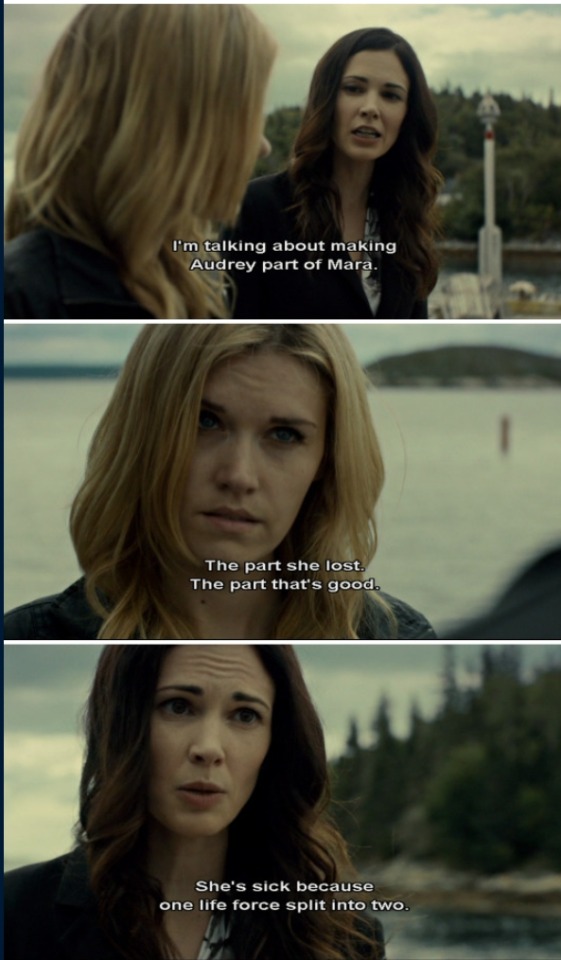
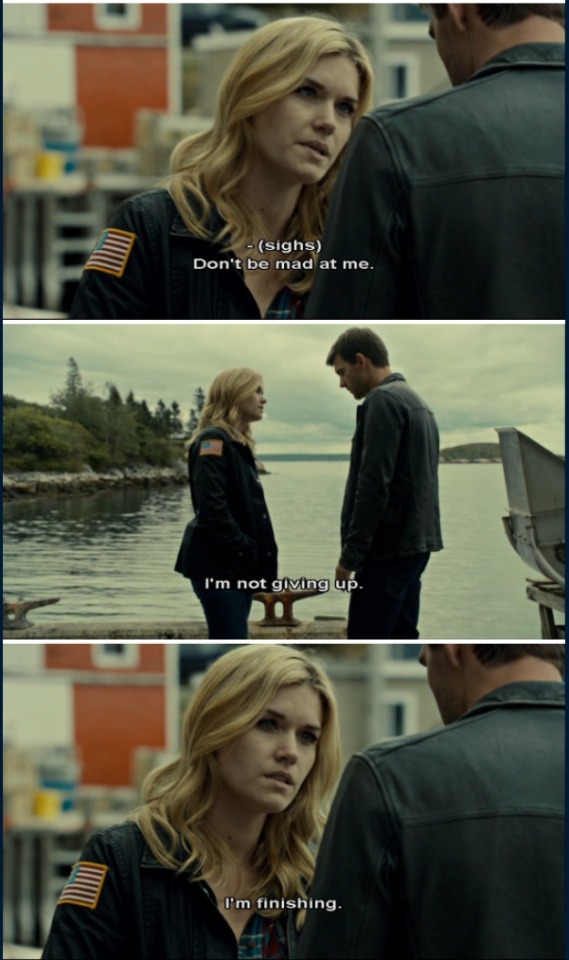

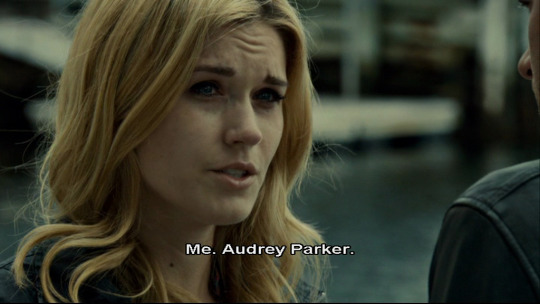
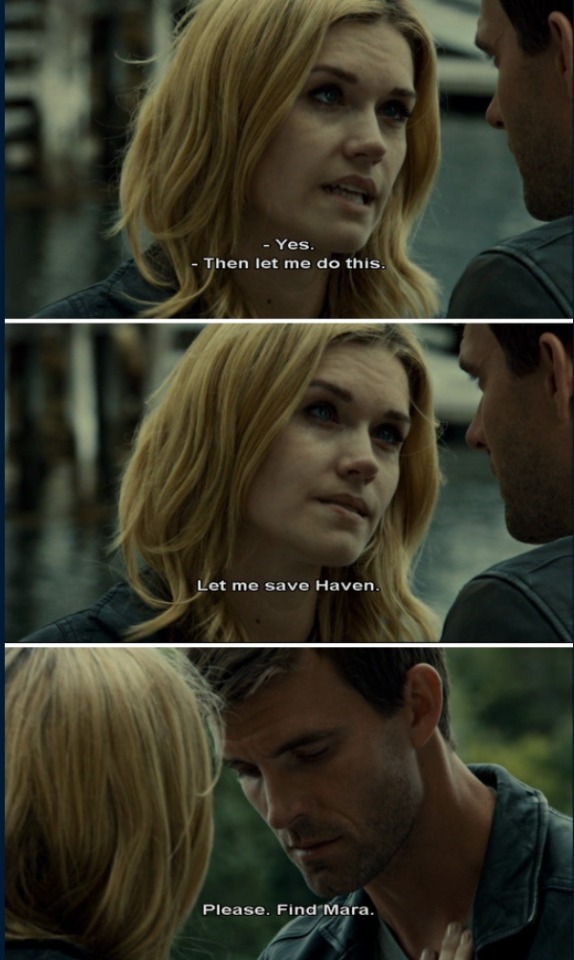
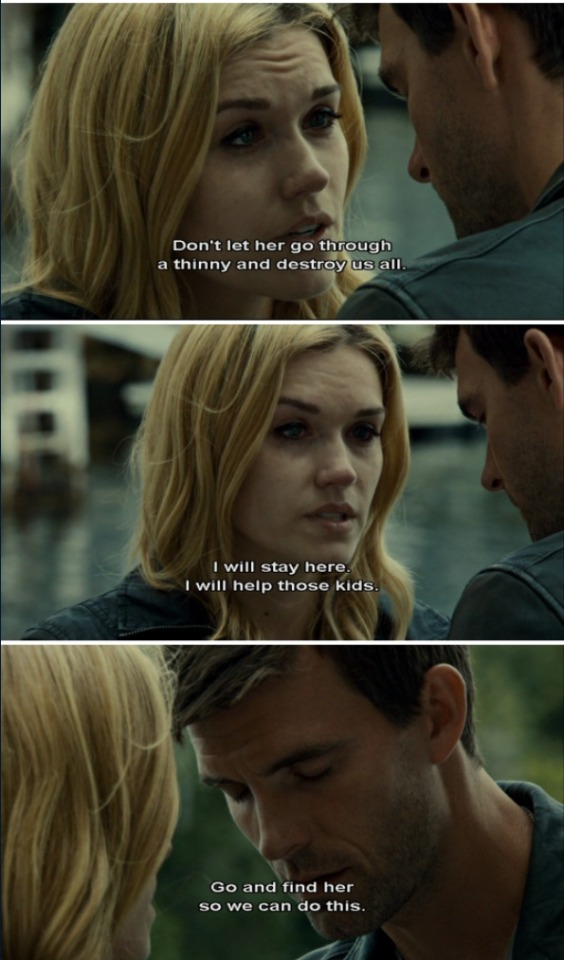
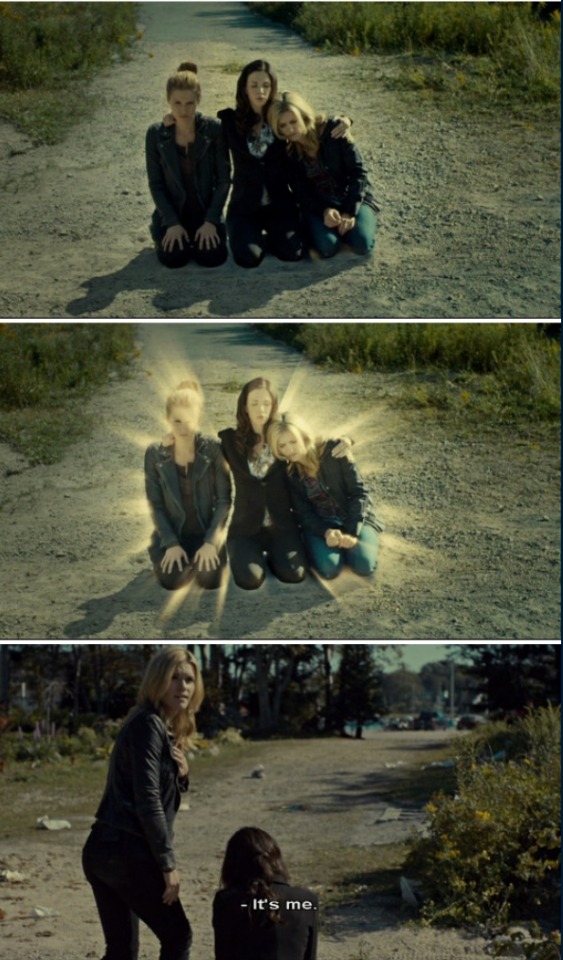

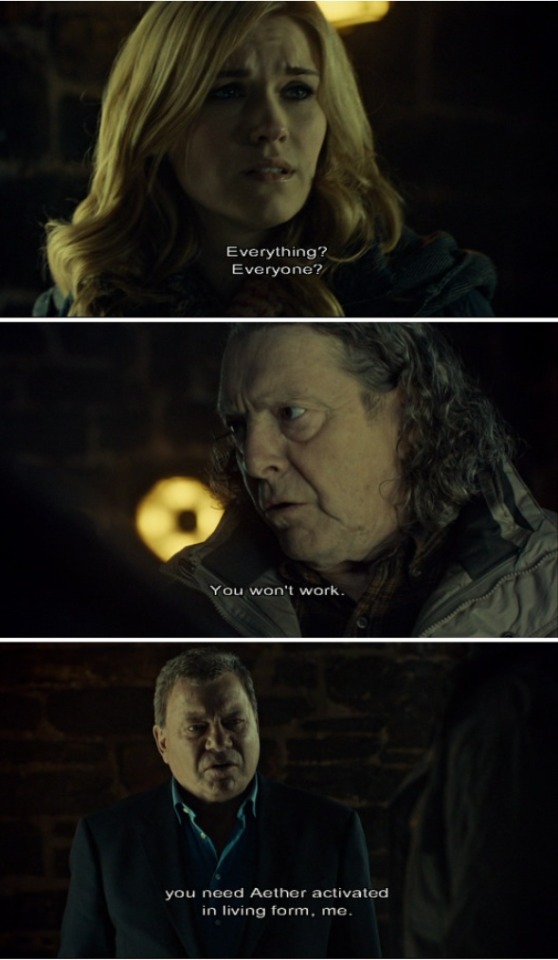


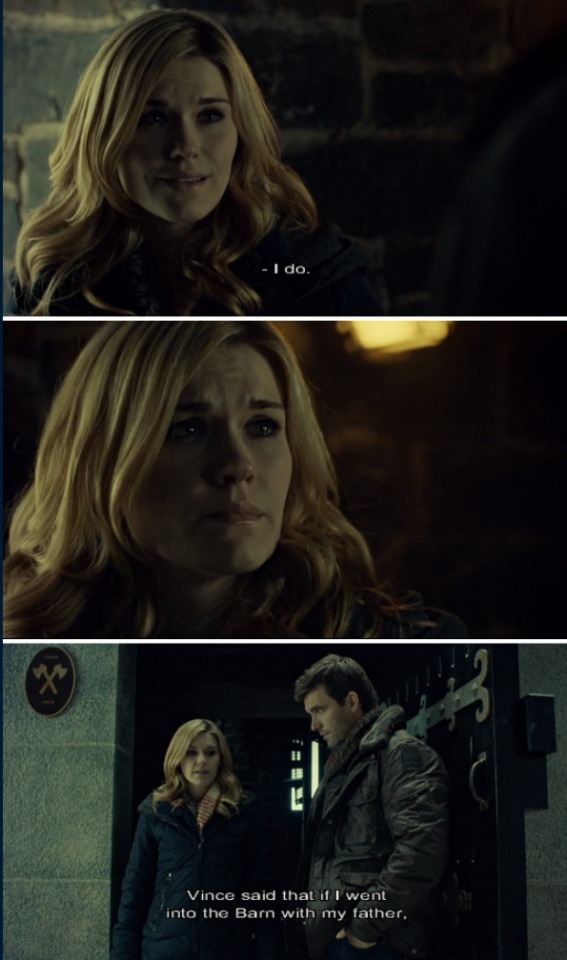



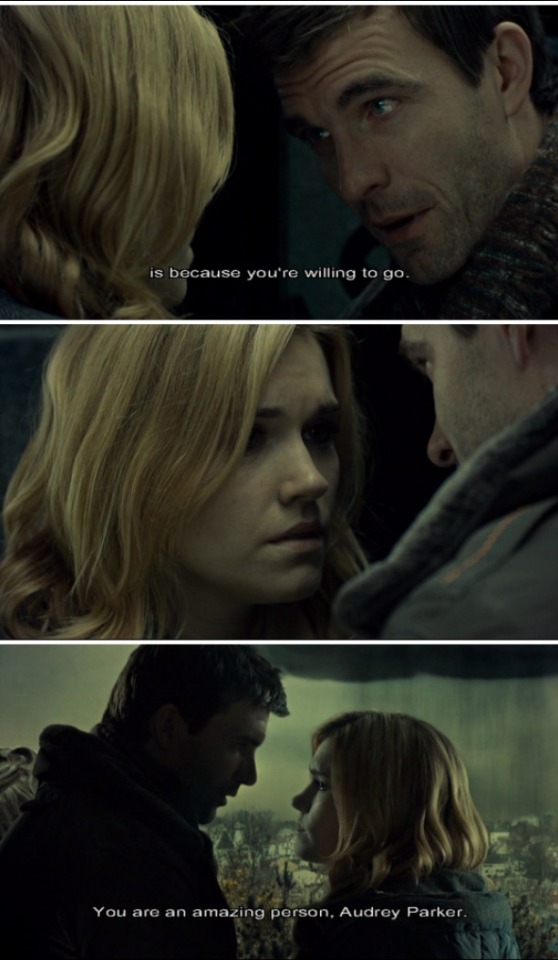
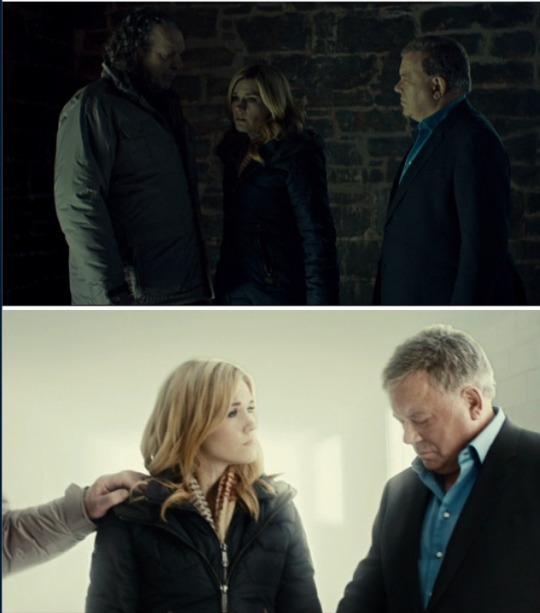
Haven parallels: Audrey's sacrifices (3x13 Thanks for the Memories/ 5x13 Chosen/ 5x26 Forever)
+aftermaths
Lexie-Audrey

Paige
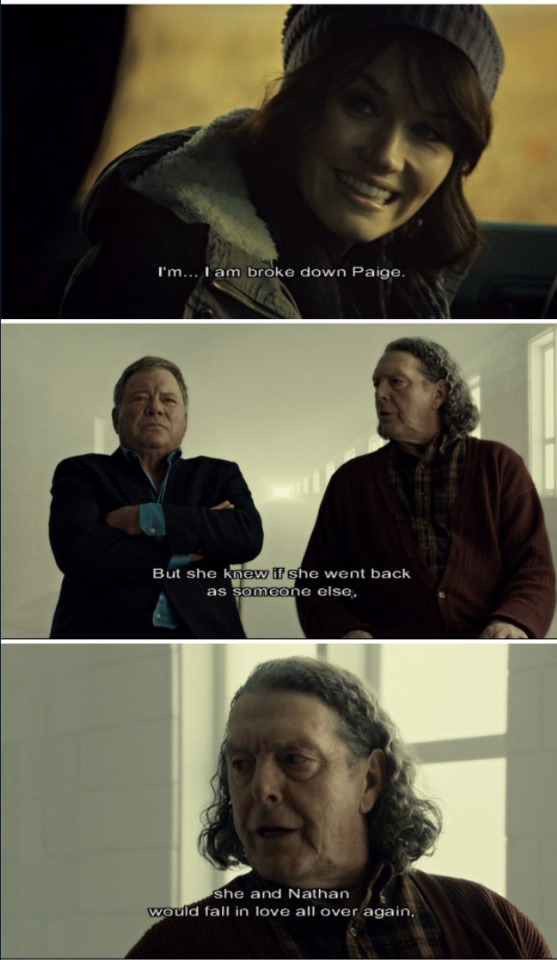
#havensyfy#audrey parker#emily rose#lexie dewitt#byron howard#nathan wuornos#nocticola art#paige cross#paige (haven)#haven parallels
10 notes
·
View notes